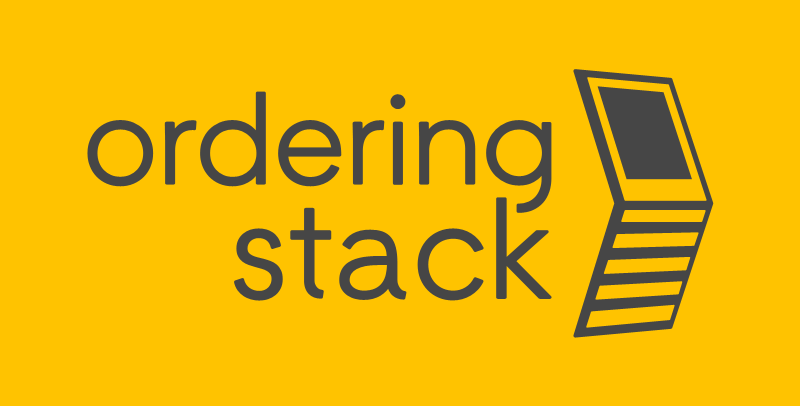Self-Service in the Food Industry – How Ordering Stack Is Transforming the Way We Order
The food service industry is witnessing a dynamic rise in the adoption of self-service kiosks, which are becoming the modern equivalent of self-checkout terminals. These devices allow restaurant guests to browse menus and place orders independently, offering both convenience and efficiency. Tailored, feature-rich software that integrates self-service, loyalty, and marketing functionalities is now a critical component of any thriving restaurant business.

Ordering Stack provides advanced software for self-service kiosks. The kiosk application is compatible with devices from various hardware providers, giving restaurant owners full flexibility in selecting their equipment. This solution is designed for restaurant chains and foodservice operators looking to automate order intake while seamlessly integrating with their existing IT infrastructure, including POS systems.
Automation and Self-Service
The growing popularity of self-service kiosks stems from the substantial benefits they offer to both restaurateurs and customers. Order automation enables restaurants to operate more efficiently, particularly within the quick-service restaurant (QSR) model. The kiosks are not meant to replace staff but to relieve them by handling repetitive ordering tasks.
As a result, employees can focus on higher-value activities, such as food quality and guest service—an especially important factor amid ongoing labor shortages in the hospitality sector. Additionally, kiosks significantly boost service throughput during peak hours.
Key Benefits of Implementing Self-Service Kiosks in Restaurants:
- Reduced Labor Costs
Automating the ordering process lightens the load on staff, reducing the need to hire additional cashiers. Kiosks serve as a valuable support tool for the team. - Faster Service and Greater Throughput
Serving multiple customers simultaneously via kiosks shortens queues and wait times, allowing restaurants to handle high traffic more efficiently. - Increased Sales and Order Value
Kiosks are highly effective in executing upselling and cross-selling strategies, increasing the average ticket size. - Enhanced User Experience
An intuitive interface, no pressure from queues, and the ability to explore the menu at one’s own pace all contribute to a more pleasant customer experience. - Consistent and Personalized Offers
Menus are presented in a clean, uniform format, with the option to integrate loyalty programs and utilize customer data for personalized promotions.
Adopting self-service kiosks also elevates the overall brand image, positioning the restaurant as modern and customer-centric. By embracing such technological innovations, restaurateurs demonstrate a commitment to enhancing guest satisfaction and staying ahead of industry trends. Kiosks thus function not only as operational tools but also as strategic marketing assets.





